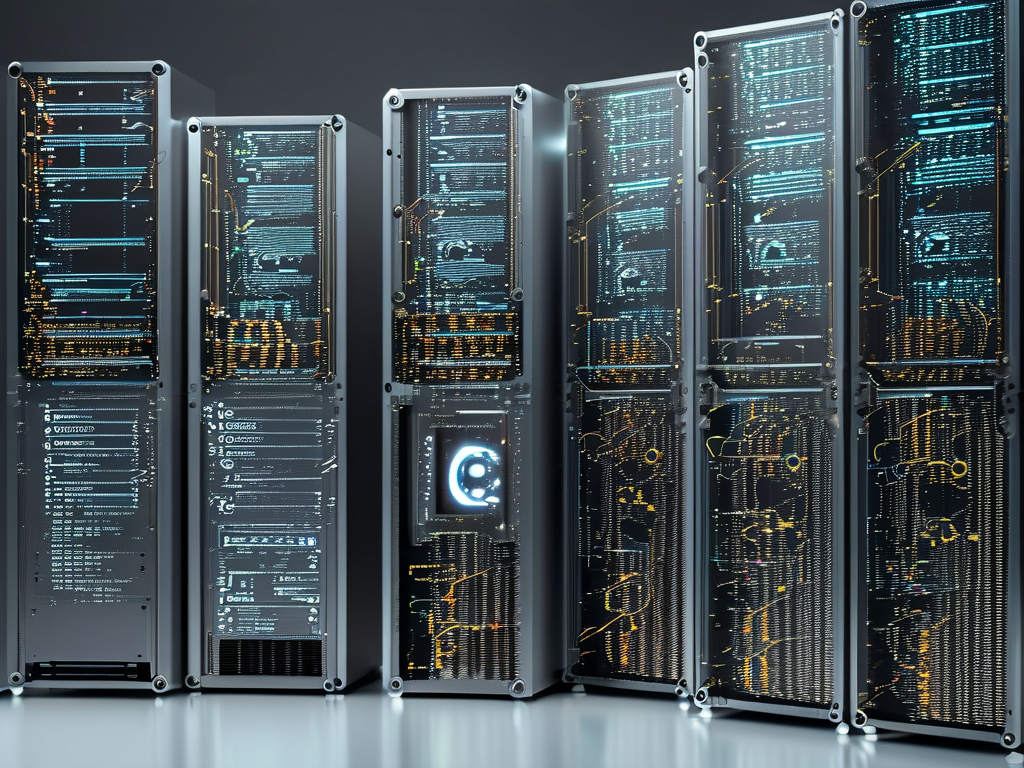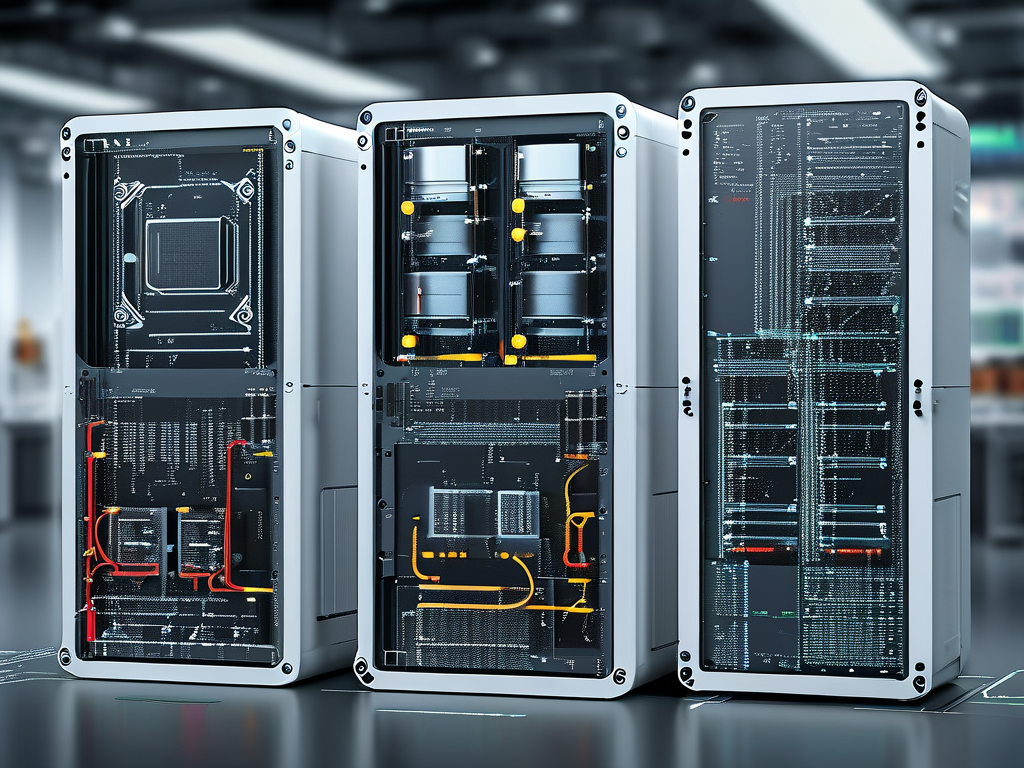Embedded development services form the backbone of today’s smart technology ecosystems, powering everything from medical devices to industrial automation systems. As industries increasingly rely on specialized hardware-software integration, the demand for tailored embedded solutions has surged. This article explores the nuances of embedded development services, their applications, and best practices for delivering robust systems.
The Role of Embedded Systems
Embedded systems combine dedicated hardware and software to perform specific tasks within larger systems. Unlike general-purpose computers, these systems prioritize efficiency, reliability, and real-time performance. For instance, a smart thermostat uses embedded firmware to process sensor data and adjust heating/cooling settings autonomously. Developers working in this field must balance resource constraints—such as limited memory or processing power—with stringent performance requirements.
Key Services in Embedded Development
-
Custom Firmware Development
Tailored firmware is critical for optimizing device functionality. A common example is IoT sensor nodes, where lightweight code ensures minimal power consumption. Below is a simplified code snippet for sensor data collection in C:#include <stdio.h> #include "sensor_lib.h" void main() { SensorData data; init_sensor(); while(1) { data = read_sensor(); transmit_data(data); sleep(600); // Sleep for 10 minutes } }This code highlights how firmware manages periodic data acquisition and transmission.
-
Hardware-Software Co-Design
Successful embedded projects require seamless collaboration between hardware and software teams. For example, designing a motor control system involves selecting microcontrollers with adequate PWM outputs while ensuring software algorithms align with hardware timing constraints. -
Testing and Validation
Rigorous testing is essential due to the mission-critical nature of many embedded systems. Automotive systems, for instance, undergo MIL (Model-in-the-Loop) and HIL (Hardware-in-the-Loop) testing to validate safety protocols under simulated real-world conditions.
Industry Applications
- Healthcare: Embedded systems in pacemakers and imaging equipment require ultra-high reliability. Developers often use RTOS (Real-Time Operating Systems) to guarantee timely responses.
- Agriculture: IoT-enabled soil sensors rely on low-power embedded designs to operate for years on battery power.
- Manufacturing: Programmable Logic Controllers (PLCs) automate assembly lines, reducing human error and improving efficiency.
Challenges in Embedded Development
One major hurdle is managing legacy systems. Many industrial clients use decades-old hardware, requiring developers to retrofit modern software without disrupting existing operations. Additionally, security remains a growing concern—connected devices are vulnerable to cyberattacks, necessitating robust encryption and secure boot mechanisms.
Choosing the Right Development Partner
When selecting an embedded development service provider, consider the following:

- Domain Expertise: Look for experience in your industry, whether automotive, healthcare, or consumer electronics.
- Toolchain Proficiency: Ensure familiarity with tools like Keil, IAR Embedded Workbench, or Eclipse-based IDEs.
- Scalability: Verify the ability to support projects from prototyping to mass production.
Future Trends
The rise of AI at the edge is transforming embedded systems. TinyML, for instance, enables machine learning models to run on microcontrollers, opening doors to predictive maintenance and voice-activated controls. Meanwhile, RISC-V architecture is gaining traction as an open-source alternative to proprietary processors, offering greater customization.
In , embedded development services are pivotal in bridging the gap between hardware capabilities and software innovation. By prioritizing adaptability, security, and cross-disciplinary collaboration, businesses can harness these systems to drive technological advancement across industries.










